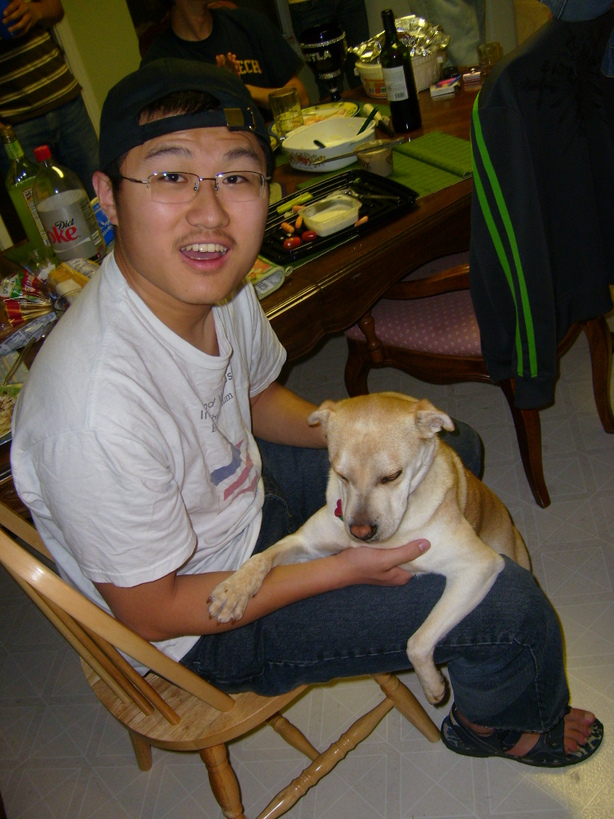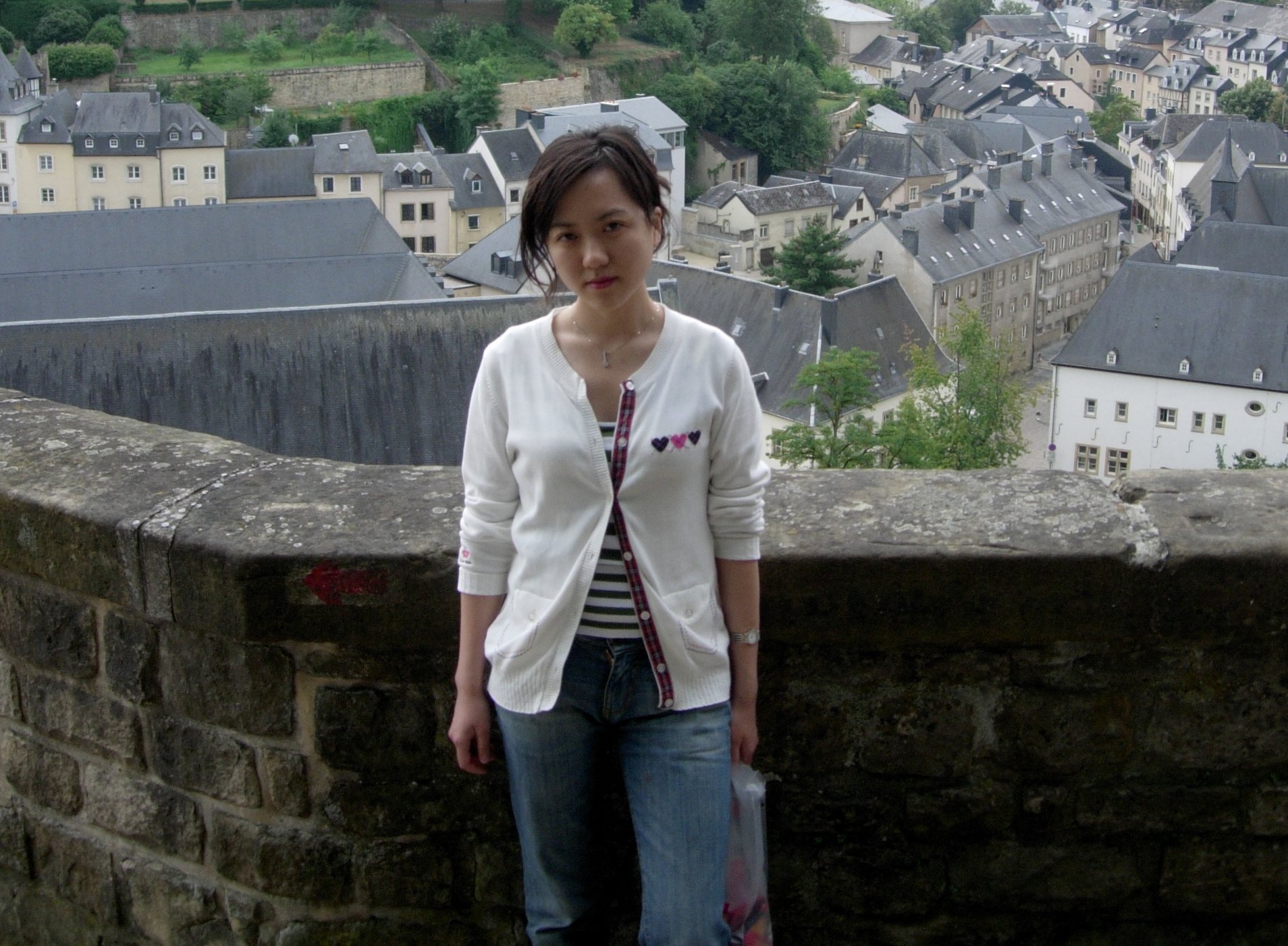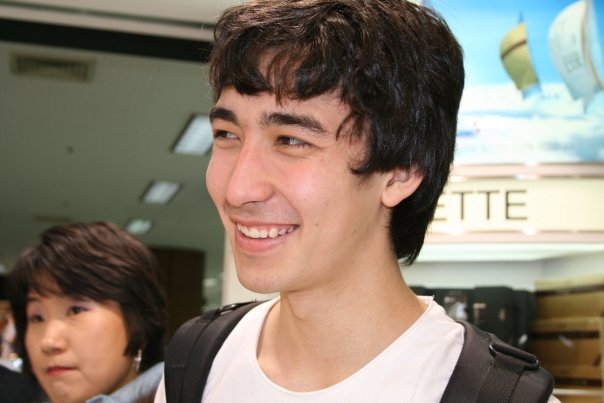Team:Beijing Normal/Team
From 2008.igem.org

| Home | The Team | The Project | Parts Submitted to the Registry | Modeling | Notebook |
|---|
Contents |
Who are we?
|
Students:
|
|
Where are we from?
Forrest Sheng Bao is from Dept. of Computer Science and Dept. of Electrical Engineering, Texas Tech University, Texas. He is a master student in Electrical Engineering and PhD student in Computer Science. He obtained a bachelor degree in electrical engineering in 2006.
Jingyi Wang is a senior of environmental science and technology, Beijing Normal University.
Ya He is a fourth year student studying Environmental engineering at Beijing Normal University. She had previously spent most of her childhood in Oxford, UK.
Gang Wu is a graduate student in State Key Laboratory of Electroanalytical Chemistry, Changchun Institute of Applied Chemistry, Chinese Academy of Sciences.
Sheng Feng is a master student from College of Life science, Beijing Normal University.
What have we done?
Forrest
Forrest Sheng Bao's research interests are in artificial intelligence, biomedical engineering and bioinformatics. He is very interested on algorithms in biology and medicine fields, as well as the interdisciplinary fields of computing and biology.
This is his publications:(Full version CV)
- Sheng Bao, et al., A DNA Sequence Compression Algorithm Based on LUT and LZ77, Proc. of IEEE ISSPIT 2005, p.23-28, 2005 pdf
- Sheng Bao, et al., A Novel Sorting Algorithm Based on Guessing Function, Proc. of IEEE ISSPIT 2006, p.411 - 414, 2006 (pdf)
- Yijin Zhang, Forrest Sheng Bao, et al., Analysis of Energy Efficiency and Power Saving in IEEE 802.15.4, IEEE WCNC 2007, 2007
- Yu-Xuan Wang and Forrest Sheng Bao, An Entropy-based Weighted Clustering Algorithm and Its Optimization for Ad hoc Networks, IEEE WiMob 2007, 2007 (pdf)
- Stephen Gang Wu, Forrest Sheng Bao, Eric You Xu, Yu-Xuan Wang, Yi-Fan Chang and Chiao-Liang Shiang, A Leaf Recognition Algorithm for Plant classification Using Probabilistic Neural Network, IEEE ISSPIT 2007, 2007 pdf
- Zhendong Zhao, Lei Yuan, Yuxuan Wang, Forrest Sheng Bao,A Novel Model of Working Set Selection for SMO Decomposition Methods, IEEE ICTAI 2007, 2007 (pdf)
Jingyi
As a new graduate, Jingyi Wang does not have much experience in research and the program. From Nov. 2007 till now, she is working on the project "Detection of chlorophenols in aqueous phase using an Enzyme Thermistor", which is a China national 863 program. She does research on a laccase enzyme column based biosensor using thermometric measurement to detect chlorophenals pollutants. From May 2007 to Dec. 2007, she was involved in the project "Analysis of the distribution of PAHs in the conservation zone of Huang He estuary", which is a China national 973 project. Her job in the project is sampling, extracting, detecting and analysis PAHs in aqueous phase and solid phase, as well as assessing the ecological risk of the region.
Gang
Gang Wu holds a China software patent "An Automatic System of Leaf Recognition" (NO.2006118213) and has one publication "A Leaf Recognition Algorithm for Plant Classification Using Probabilistic Neural Network", IEEE International Symposium on Signal Processing and Information Technology 2007, p12 - 17, 2007.
From Mar. 2007 till now, he is working on the project "Self-regulatory gene network and new components for gene regulation", conducted by Prof. Jin Wang (Stony Brook University, New York, US) and Prof. Erkang Wang (Changchun Institute of Applied Chemistry, Academician of CAS, CN). His job is to implement the classical Lac regulatory system to design a self-repression genetic switch. Learn the properties of sRNA in regulatory circuit. During Aug.2005 to Sept.2005 and Mar.2007, he utilized an SIRS model to analyze the pollution and decontamination information of past ten years and predict the tendency and quality of water in next twenty years in the project "A water pollution and decontamination model for Yangtze River". From Mar. 2005 to Jun. 2005, he was involved in the project "Microbial degradation of PU (polyurethane)". He collected and selected PU degradation microbes from environment using classical method of microbiology, participator.
 "
"





